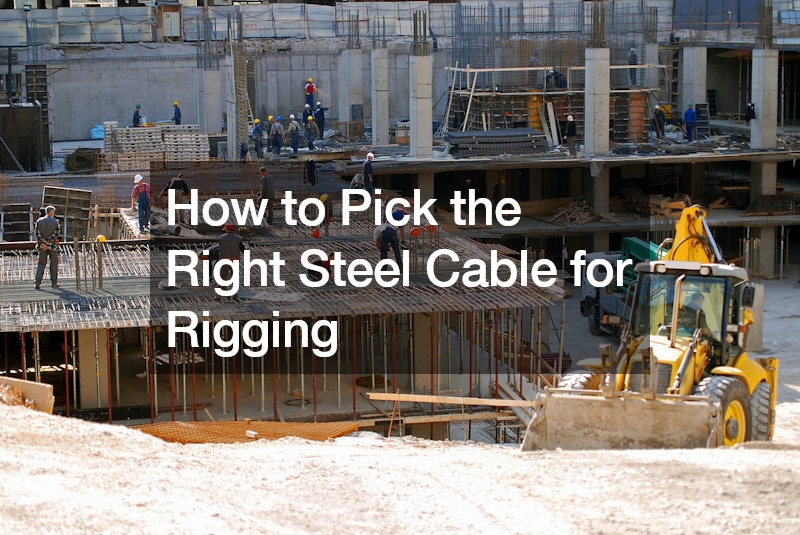Selecting the appropriate steel cable for rigging, also known as wire rope and rigging, is crucial for ensuring safety and efficiency in various applications. Whether you’re involved in construction, marine operations, or industrial lifting, choosing the right wire rope involves several key considerations.
1. Determine the Load Requirements
The first step in selecting the right wire rope for rigging is to understand the load requirements. This involves knowing the maximum weight the rope needs to support.
It’s essential to choose a wire rope with a working load limit (WLL) that exceeds the expected load to ensure safety. The WLL is typically a fraction of the rope’s breaking strength, providing a safety margin.
2. Consider the Environment
The environment in which the wire rope will be used significantly impacts your choice. For instance, if the rigging will be exposed to corrosive elements like saltwater or chemicals, opt for a galvanized or stainless steel wire rope, which offers better corrosion resistance. In environments with high wear and tear, a wire rope with a higher abrasion resistance is preferred.
3. Select the Right Construction
Wire ropes are available in various constructions, each suited to different tasks. Common constructions include 6×19, 6×37, and 7×7, which refer to the number of strands and wires per strand. A 6×19 construction offers a balance between flexibility and abrasion resistance, making it suitable for general purposes. In contrast, a 6×37 construction is more flexible but less resistant to abrasion, ideal for applications requiring high flexibility.
4. Choose the Correct Diameter
The diameter of the wire rope affects its strength and flexibility. Measure the sheave or drum diameter that the rope will run over, ensuring the wire rope diameter is compatible. Using the correct diameter minimizes wear and prolongs the lifespan of the wire rope.
5. Verify Compliance with Standards
Ensure that the wire rope and rigging components comply with industry standards and regulations. This compliance guarantees that the materials have been tested for safety and performance, providing peace of mind in critical applications.
By considering these factors—load requirements, environmental conditions, construction type, diameter, and compliance—you can select the right steel cable for your rigging needs, ensuring both safety and efficiency in your operations.
.




